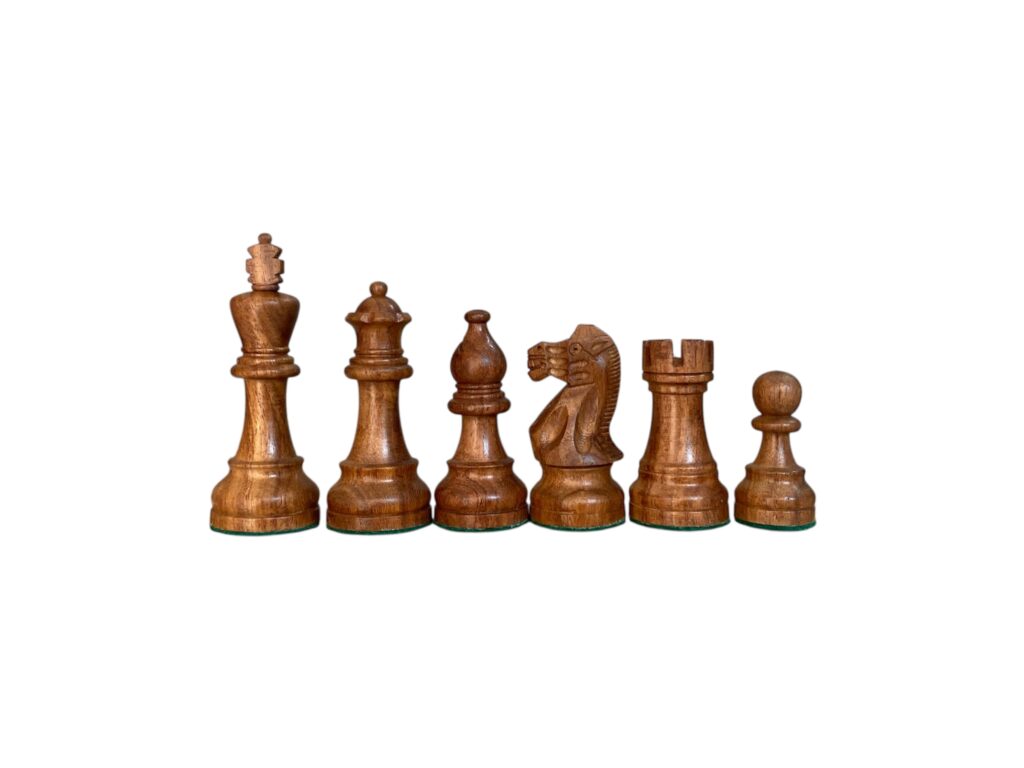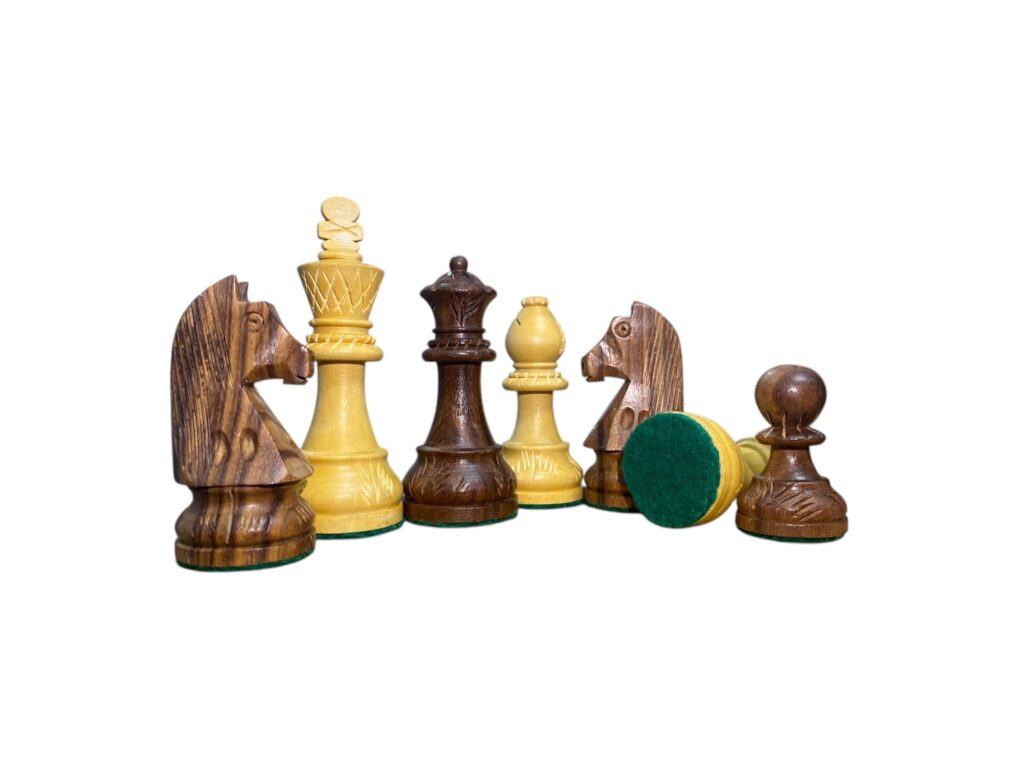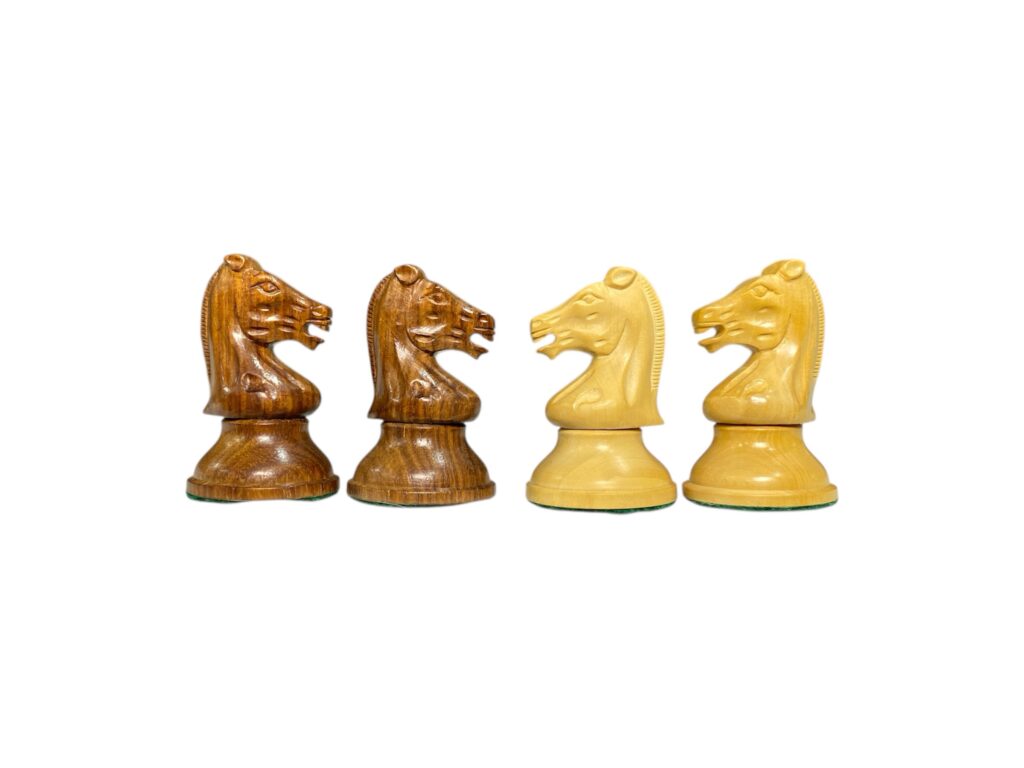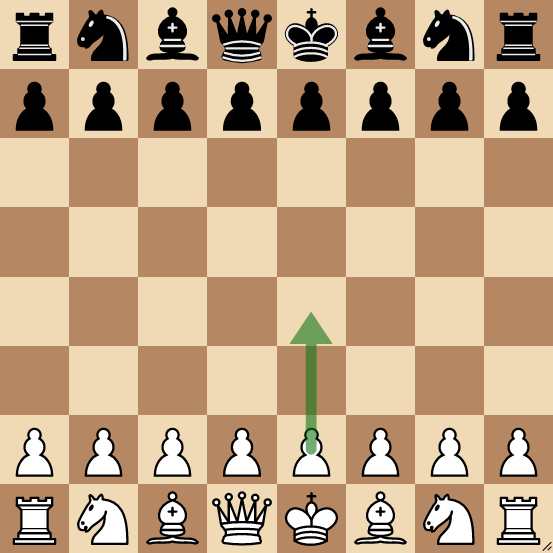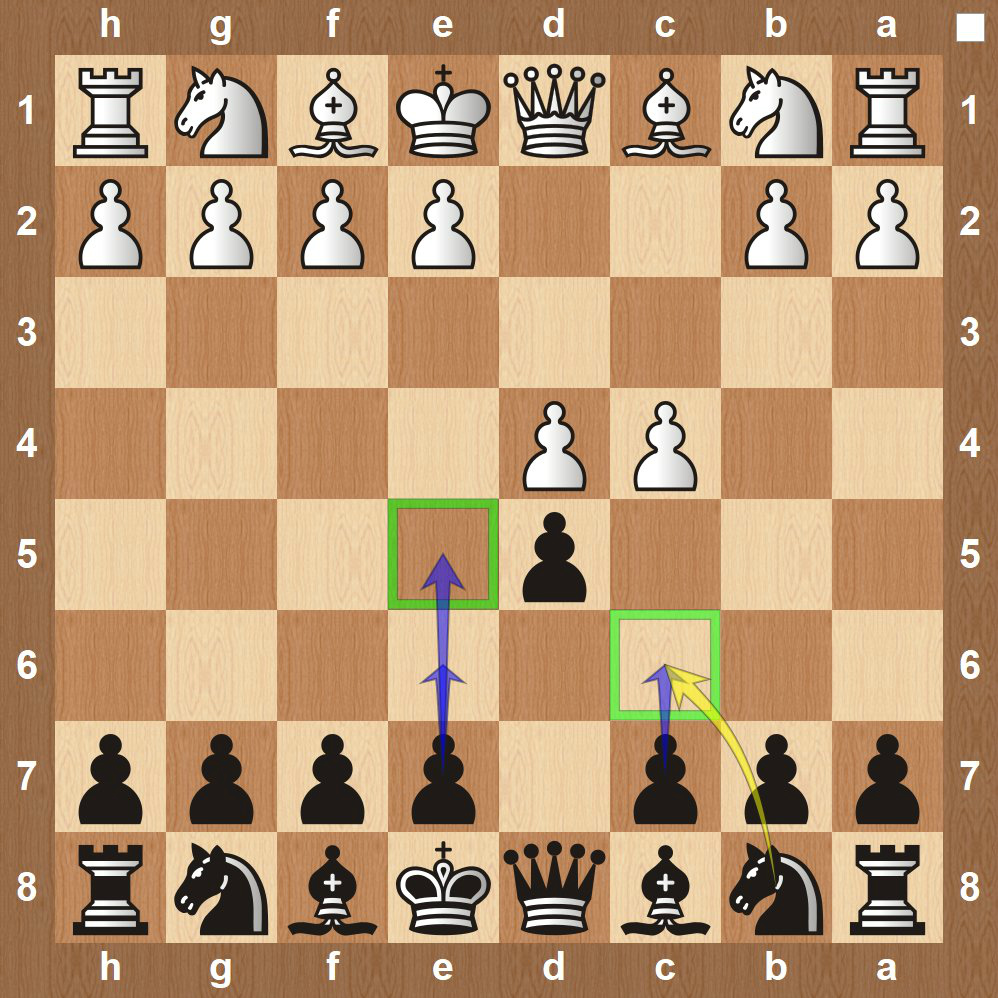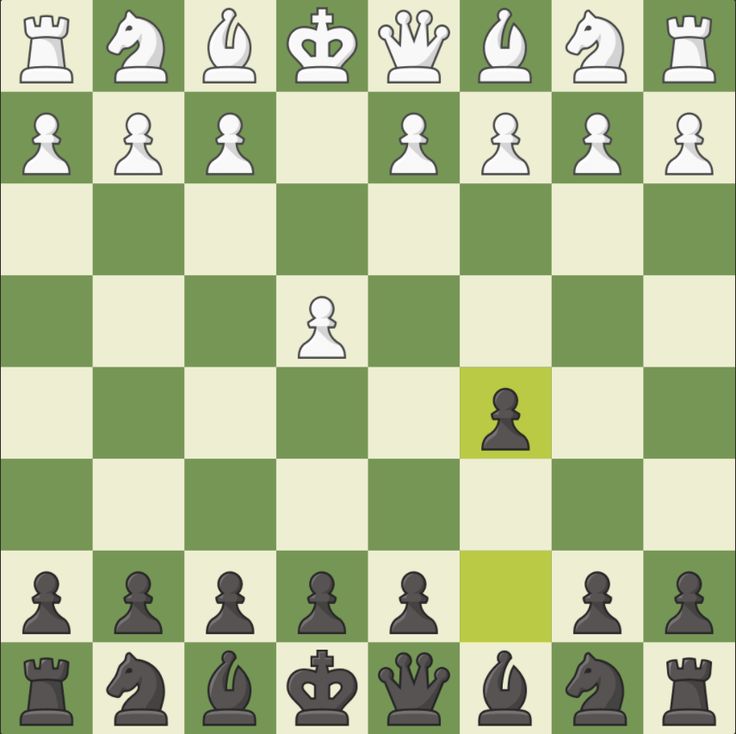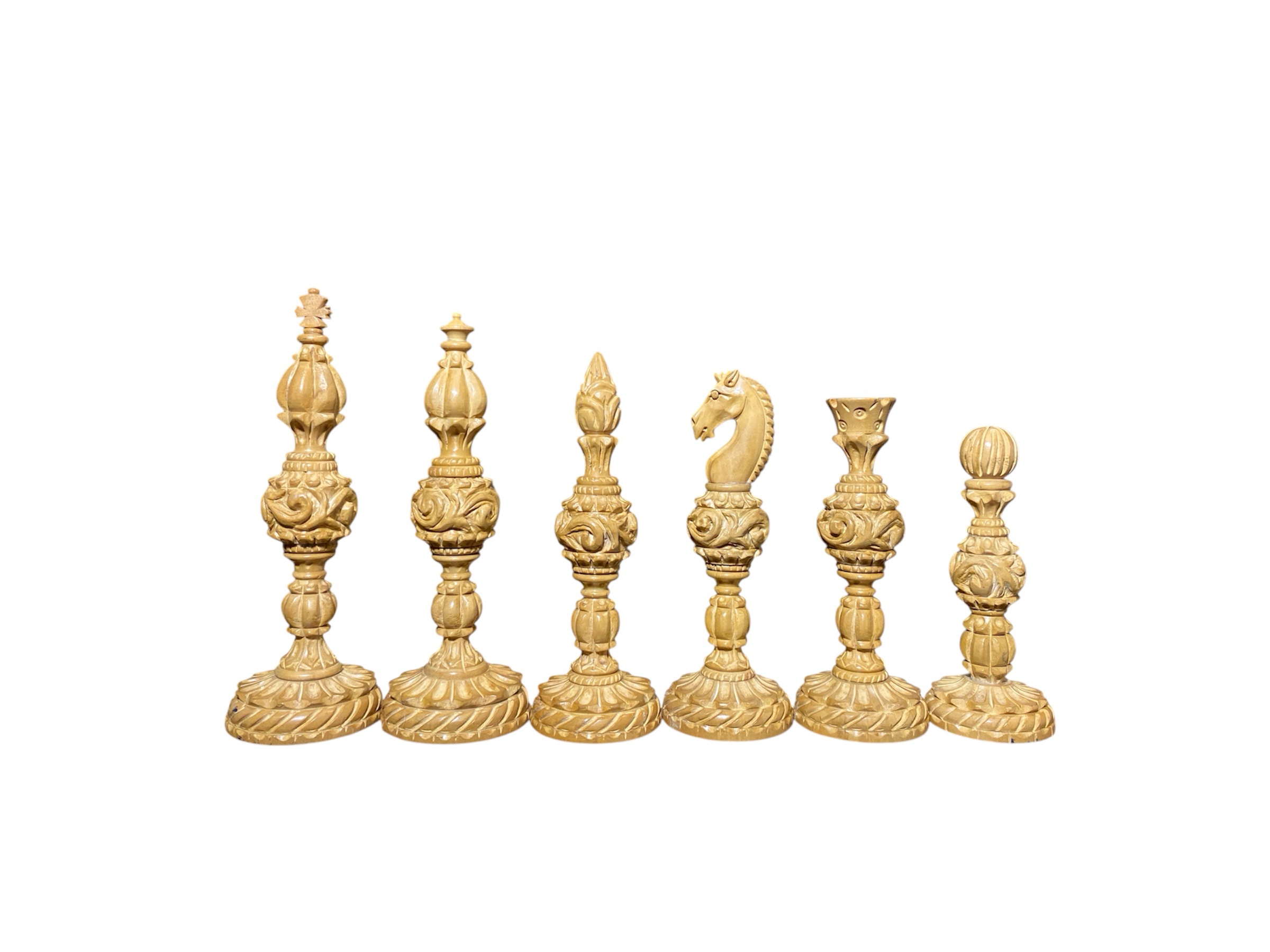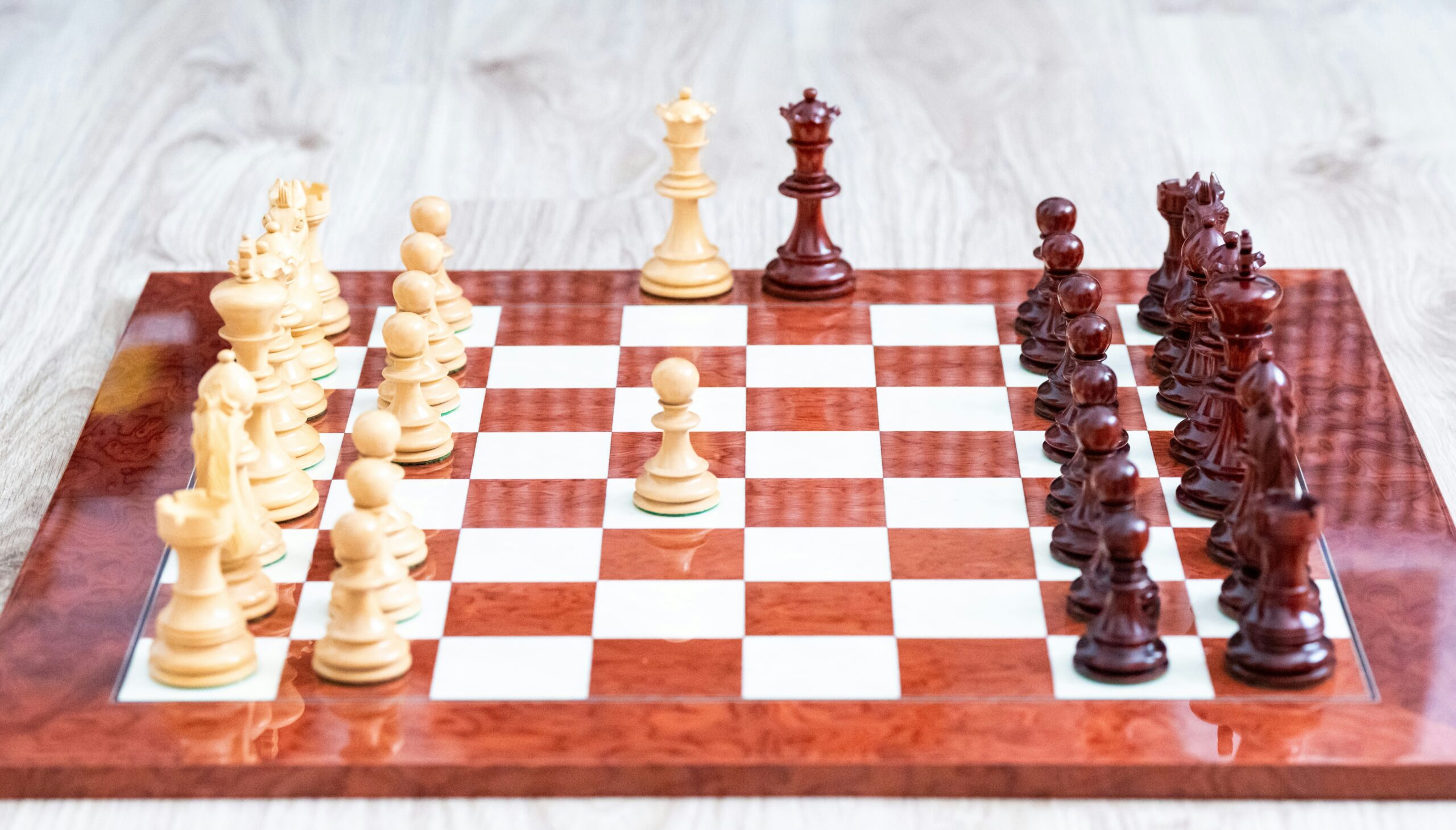
Understanding the French Defence
The French Defence is a popular chess opening that commences with the moves 1.e4 e6. Known for its solid structure and strategic depth, it is embraced by players across all levels, ranging from novices to experienced grandmasters. This opening is characterized by the immediate response of 1…e6, which paves the way for a robust pawn formation that can lead to both defensive and offensive tactics.
One of the key principles of the French Defence is the idea of central control coupled with a focus on pawn structure. The advance of the e6 pawn allows Black to aim for d5, challenging White’s central pawn on e4. This central thrust is typical of the French Defence and enables Black to counterattack effectively while maintaining a solid position. Additionally, the French Defence presents a unique opportunity for players to engage in complex strategic battles, which many find enriching and intellectually stimulating.
Another notable strength of this opening is its resilience against various strategies employed by White. The pawn structure, often leading to what is known as “closed positions,” empowers Black to seek counterplay when the situation allows. However, it is essential to acknowledge the weaknesses associated with the French Defence, such as the light-square control and the potential for a cramped position if Black is not precise in their maneuvers.
Ultimately, the French Defence is a powerful choice for players interested in solid yet dynamic play. Its ability to provide counterattacking chances while fostering a stable pawn structure makes it an appealing option for beginners looking to develop their strategic understanding of chess. By exploring the strengths and vulnerabilities of this opening, novices can enhance their overall experience and effectiveness on the chessboard.
Key Variations of the French Defence
The French Defence is a well-regarded opening in chess, providing players with diverse strategies and tactical ideas. Among its notable variations, the Classical, Advance, and Exchange variations stand out. Understanding these variations is crucial for beginners, as they articulate the underlying principles and themes associated with the French Defence.
The Classical Variation arises after the moves 1.e4 e6 2.d4 d5 3.Nc3 (or 3.Nd2) dxe4 4.Nxe4. This variation emphasizes piece development and control of the center. Here, Black aims to recover the pawn and quickly mobilize other pieces. The plan involves playing …Nf6, …Be7, and possibly …c5, leading to a solid position. A famous example is the encounter between Grandmasters Boris Spassky and Viktor Korchnoi, where both players showcased intricate maneuvering and strategic depth typical of this variation.
Next, we have the Advance Variation, which proceeds with 1.e4 e6 2.d4 d5 3.e5. This variation presents a different strategic landscape, as White maintains a strong center pawn on e5, pushing Black to look for counterplay on the flanks. Black often responds with …c5, …Nc6, and …f6, aiming to undermine White’s central structure. A striking illustration of this variation can be found in the game between Magnus Carlsen and Levon Aronian, where dynamic play led to complex middlegame tactics.
Lastly, the Exchange Variation is characterized by 1.e4 e6 2.d4 d5 3.exd5 exd5. This variation claims symmetry, often leading to equal chances for both sides. Players typically focus on piece activity and pawn structure. One notable game in this variation was played between Garry Kasparov and Anatoly Karpov, where precise calculation and understanding of equal central positions spurred exceptional tactical battles. Each of these variations provides unique insights into the principles of the French Defence, allowing beginners to explore and develop their skills in this versatile opening.
Famous Games Featuring the French Defence
The French Defence is not only a popular choice among chess enthusiasts but has also been employed by many renowned players throughout history. Analyzing some famous games provides insight into the strategies inherent in this opening. One such game was played by former World Champion Anatoly Karpov against Viktor Korchnoi in the 1974 World Championship match.
In this match, Karpov opened with 1.e4 and Korchnoi responded with the French Defence, leading to a complex pawn structure that characterized the opening. The pivotal moment occurred after Karpov’s 7.Nd2, prompting Korchnoi to maneuver the pieces to create counterplay on the queenside. Through careful analysis, it is clear that Korchnoi’s intermediate moves maintained pressure on Karpov’s position, showcasing the defensive capabilities and counterattacking potential of the French Defence. Despite Karpov’s accolades, Korchnoi managed to secure a victory, emphasizing the effectiveness of this opening at the highest level of play.
Another noteworthy game features grandmaster Magnus Carlsen, who also utilized the French Defence against Levon Aronian in the 2012 Candidates Tournament. Carlsen’s choice of the French Defence allowed him to develop a solid position. Aronian, eager to take control of the center, played c4, which led to a critical moment where Carlsen executed the move …f5, directly challenging Aronian’s central pawn. This decision turned the tide, allowing Carlsen to leverage the strengths of the French Defence—creating active pieces and generating imbalance in Aronian’s position. Ultimately, Carlsen emerged victorious, reinforcing the opening’s reputation as a formidable choice.
These historical games exhibit the adaptability and resilience of the French Defence. Players must recognize the critical moments within these matches, as they demonstrate how to capitalize on the unique characteristics of this opening. Studying these encounters not only enhances understanding but also prepares beginners to employ the French Defence effectively in their games.
Unique Points of the French Defence
The French Defence, characterized by its distinctive pawn structure and strategic depth, offers unique advantages that can significantly impact a player’s strategy. One of the most notable features of this opening is the pawn formation created after the moves 1.e4 e6. This setup leads to a strong central presence with pawns on d4 and e5, providing White with a solid pawn structure while enabling Black to develop a counter-attacking strategy. The asymmetrical pawn structure not only enhances Black’s defensive capabilities but also sets the stage for dynamic position play.
Another remarkable aspect of the French Defence is the potential for counter-attack. Black often aims to challenge White’s center through pawn breaks, particularly f6 and c5, which can disrupt White’s plans and create open lines for active piece play. This ability to switch from a defensive stance to an aggressive counterattack is a critical point that beginners should grasp, as it teaches the importance of flexibility in chess strategies. While this opening may seem passive at first glance, the dynamic counterplay it offers can lead to surprising advantages when executed correctly.
Additionally, the French Defence can transition into various pawn structures and piece placements, depending on how both sides choose to develop their pieces. This adaptability remains a crucial aspect for beginners. Understanding the resulting positions can help players navigate the complexities of middle-game tactics and endgame strategies that arise from the French Defence. By becoming familiar with these distinctive features, one can better appreciate the depth and versatility that the French Defence brings to their overall chess repertoire. These unique points not only define this opening but also enhance a player’s capacity to transition seamlessly from the opening into the middle game with a well-defined strategy.
Choosing the Right Wooden Chess Set
For those embarking on their journey with the French Defence, selecting a suitable wooden chess set can greatly enhance the experience. The charm of wooden chess sets lies not only in their aesthetic appeal but also in the tactile pleasure they provide during play. When choosing a wooden chess set, one should consider several factors, including the material, craftsmanship, and design of the pieces and boards.
Wooden chess sets come in various styles, with options such as solid wood chess pieces, handcrafted boards, and elegantly designed engravings. Solid wood chess pieces, often made from woods like maple, walnut, or rosewood, offer durability and a classic feel. The weight of these pieces provides stability and enhances the overall playing experience. Handcrafted wooden chess boards can also significantly impact the aesthetics of the set. A well-crafted board, made from high-quality wood, can provide a beautiful surface for gameplay and serve as a piece of art when not in use.
It is essential to understand the differences between wooden and plastic chess pieces as well. While plastic pieces often come at a lower price point and are commonly used for beginner sets, they may lack the visual and tactile qualities of wooden ones. Wooden pieces are generally more robust, adding to the longevity of your chess set. Thus, investing in a wooden chess set can enhance your practice sessions, especially when focusing on strategies like the French Defence.
When it comes to sourcing a wooden chess set, various online retailers offer a wide selection. Websites specializing in chess or hobby supplies may provide detailed descriptions and customer reviews, aiding in informed decision-making. Reputable sellers often guarantee quality and craftsmanship, making your purchase a worthwhile investment in your chess journey.
Benefits of Playing on a Wooden Chess Set
Wooden chess sets offer a range of benefits that enhance the overall experience of playing chess. One primary advantage is the increased stability of the board. Wooden boards provide a solid foundation, which minimizes the risk of pieces slipping or toppling over during play. This stability is crucial for maintaining focus and allowing players to think strategically without unnecessary distractions.
Another significant benefit of wooden chess sets is their aesthetic appeal. Luxury wooden chess sets are known for their intricate craftsmanship and beautiful finishes. The natural grain of the wood adds a unique character to each set, making it not only a game but also a decorative piece for the home. The aesthetic quality of these sets can elevate the ambiance of any chess-playing environment, turning a simple game into a more immersive experience.
The tactile experience provided by solid wood is another compelling reason to choose a wooden chess set. The feel of the pieces, crafted from high-quality wood, can enhance the sensory aspect of the game. Players often find that the weight and texture of wooden pieces contribute to a more engaging and satisfying gameplay. This tangible connection to the pieces can heighten one’s strategic thinking and enjoyment during a match.
To ensure the longevity of your wooden chess board and pieces, it is essential to implement proper care and maintenance. Regularly dusting the board with a soft cloth and storing the pieces in a protective case can prevent scratches and damage. Additionally, avoiding exposure to direct sunlight and extreme humidity will help preserve the wood’s finish and overall quality. By taking these simple steps, players can enjoy the benefits of their wooden chess set for many years to come.
History of Wooden Chess Boards
The journey of chess has a rich history, significantly intertwined with the evolution of wooden chess boards. Dating back to the 15th century, wooden chess boards became a symbol of strategic intellect and nobility. Initially, boards were made from regional woods, crafted by skilled artisans who poured both artistry and craftsmanship into creating these essential chess components. The materials used varied widely, from oak and walnut to ebony and maple, each wood chosen for its durability and aesthetic appeal.
As chess gained popularity across Europe, particularly during the Renaissance, the craftsmanship of wooden chess boards reached new heights. Artisans began to incorporate intricate designs and inlays, often depicting historical figures or motifs. These decorative elements not only showcased the skill of the woodworkers but also filled the boards with character and personality, enhancing their significance in social gatherings. Throughout the centuries, the design of these boards has fluctuated, reflecting the prevailing artistic styles and cultural shifts of the time.
In addition to aesthetics, the material and construction of these wooden boards play a critical role in the game itself. The weight and sturdiness of a wooden chess board influence gameplay, lending a sense of gravity and permanence to chess sessions. Moving pawn or rook pieces across a well-crafted board offers a tactile experience that plastic boards cannot replicate. With the advent of mass production in the 20th century, wooden chess boards faced a decline, yet there has been a resurgence in the demand for handmade variants. Modern craftsmen continue to honor traditional methods, producing exquisite wooden boards that bridge classic elegance with contemporary design.
Noteworthy anecdotes abound in the world of wooden chess boards, such as the famous 1950s match between chess legends where a finely crafted board was said to have contributed to the psychological and strategic dynamics of the game. Such stories highlight not only the uniqueness of each chess set but also the deep connection individuals have with wooden boards, solidifying their place in the cultural heritage of chess.
Comparing Rosewood and Ebony Chess Sets
When selecting a chess set, the material from which the pieces and board are crafted can significantly influence both the aesthetic appeal and the overall gameplay experience. Two commonly used woods for chess sets are rosewood and ebony, each presenting unique qualities that cater to different preferences.
Rosewood is renowned for its rich, warm hues and intricate grain patterns, making it a popular choice among players who appreciate aesthetic beauty. Its natural qualities not only provide a stunning visual appearance but also contribute to the durability of the chess pieces. Rosewood is typically heavier, allowing for a solid feel in hand while playing. This weight can enhance the performance during games, as it provides stability and reduces the likelihood of pieces being accidentally knocked over during gameplay.
In contrast, ebony is recognized for its deep black color and smooth finish, which exudes a sense of elegance and refinement. Ebony pieces are often lighter than those made of rosewood, resulting in a different tactile experience when moved across the board. Although both materials are durable, ebony requires careful maintenance to preserve its luster, as it can be prone to scratches and fading if not properly cared for. This upkeep may be a consideration for beginners who are just starting their chess journey.
While both rosewood and ebony chess sets possess distinctive qualities, the ultimate choice may depend on personal preference in aesthetics and tactile feedback. Beginners should assess how these materials resonate with their playing style and desired experience. Ultimately, both types of wood can enhance one’s enjoyment and engagement with chess, making either an admirable selection for both casual and serious players.
Developing a Winning Strategy with the French Defence
The French Defence, characterized by its distinct pawn structure and strategic complexities, provides players with a robust framework to build a winning strategy. For beginners eager to incorporate the French Defence into their games, understanding its fundamental principles is essential for mastering its intricacies and achieving success on the chessboard.
One of the primary objectives of the French Defence is to create a solid pawn formation. The French pawn structure, specifically the pawns on d5 and e6, provides excellent central control while simultaneously offering flexibility. Beginners should focus on developing pieces that support this pawn formation, ensuring that the pawns remain protected while retaining mobility. The maneuvering of knights to f3 and c3, along with the development of light-squared bishops, can establish strong coordination that bolsters both defense and offense.
Another vital aspect to consider when employing the French Defence is the concept of counterplay. It is crucial for beginners to recognize the opportunities to counterattack against an opponent’s overextension. By keeping an eye on the key squares, especially d4 and f4, players can launch decisive strikes that disrupt the opponent’s plans. Understanding tactical themes prevalent in the French Defence, such as pawn breaks and piece exchanges, can help novices formulate effective strategies.
Furthermore, players should familiarize themselves with the various pawn breaks in the French Defence. Moves such as …c5 or …f6 can be instrumental in counteracting the opponent’s central control. Recognizing when to initiate these breaks is a crucial skill that can lead to advantageous positions. Beginners are encouraged to play practice games, focusing on transitioning from the opening to the middlegame to discern the French Defence’s strengths and weaknesses.
In summary, mastering the French Defence requires a blend of solid foundational tactics and the ability to leverage counterattacks effectively. As beginners explore this fascinating opening, they should continue to learn from each game and adjust their strategies accordingly, ultimately empowering themselves to navigate the complexities of the French Defence with confidence.





